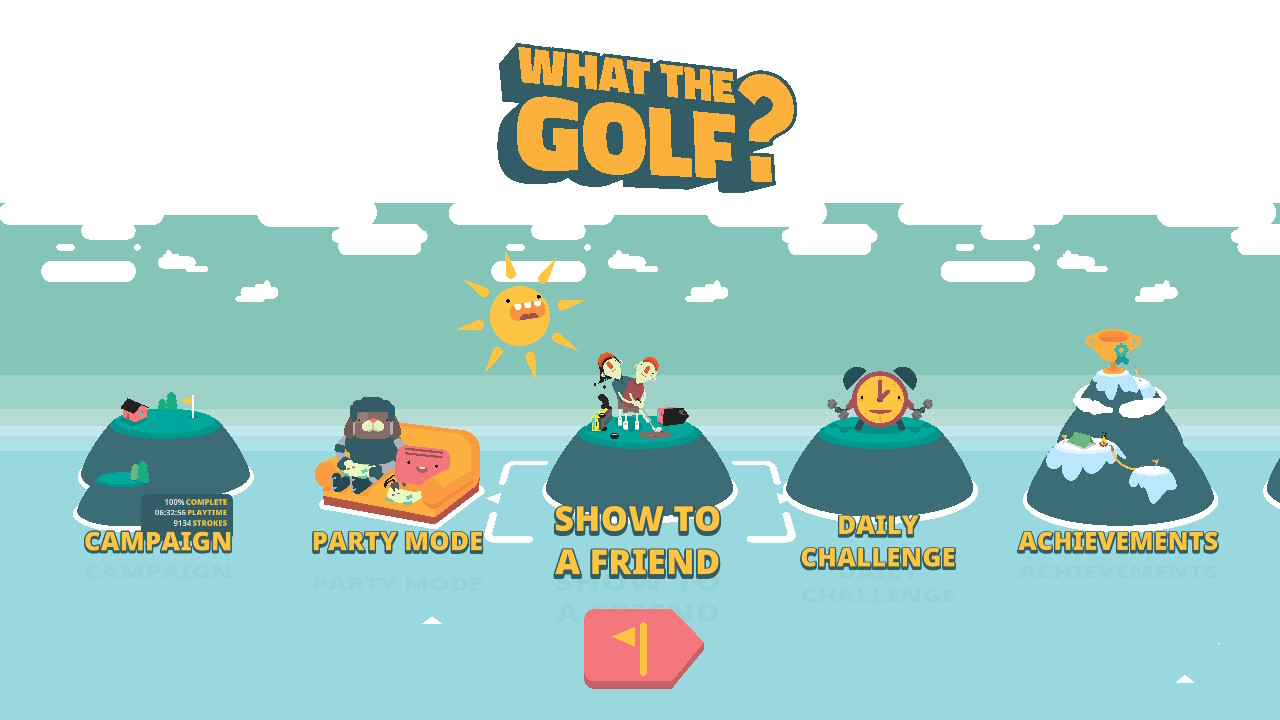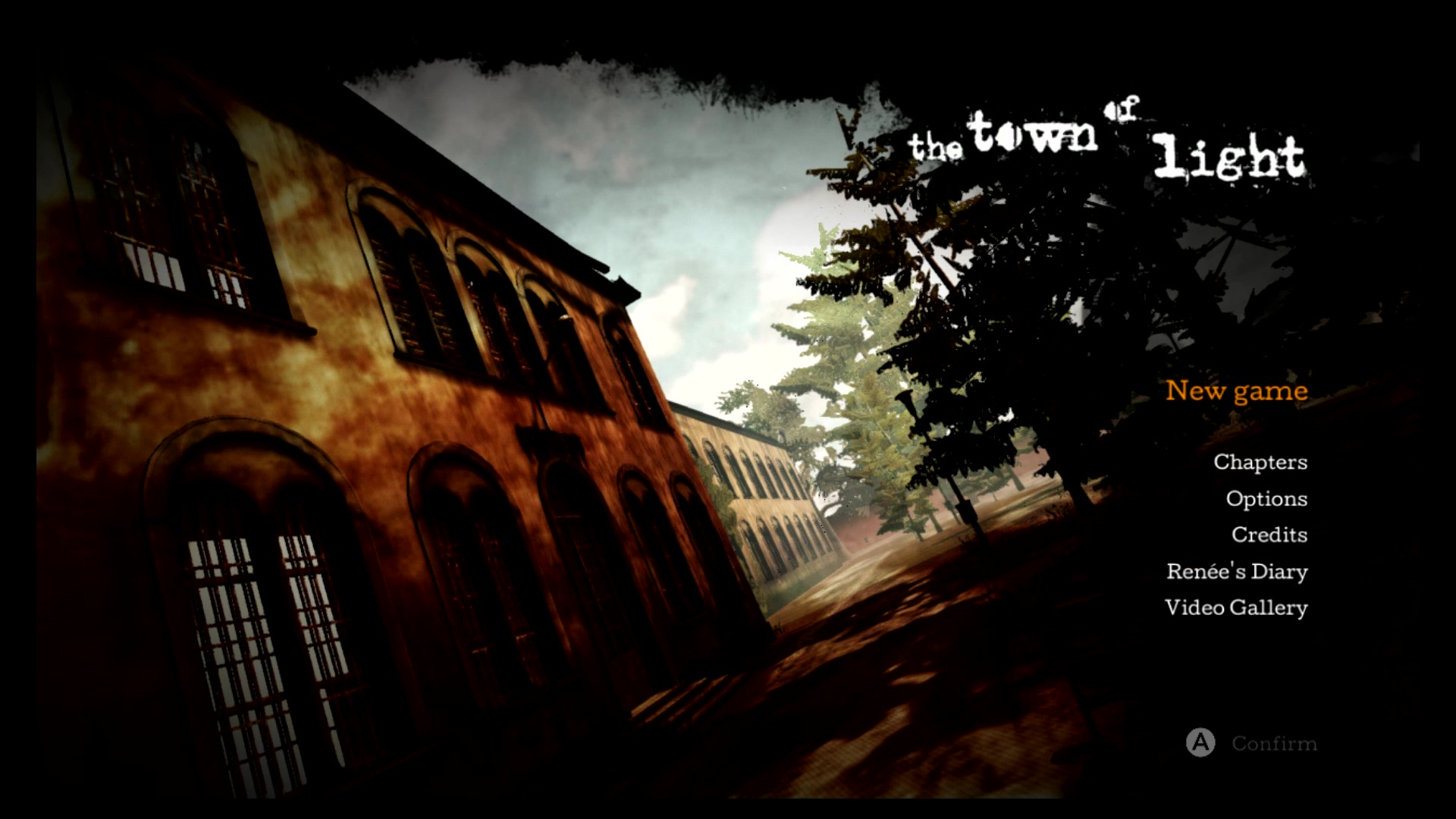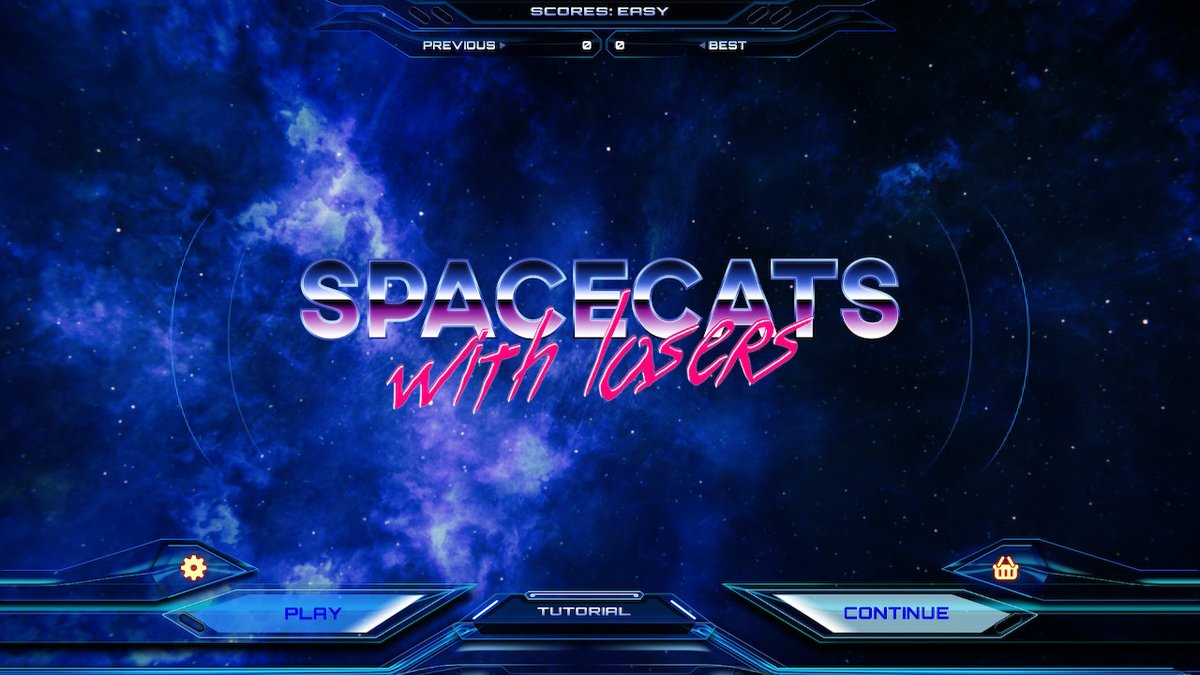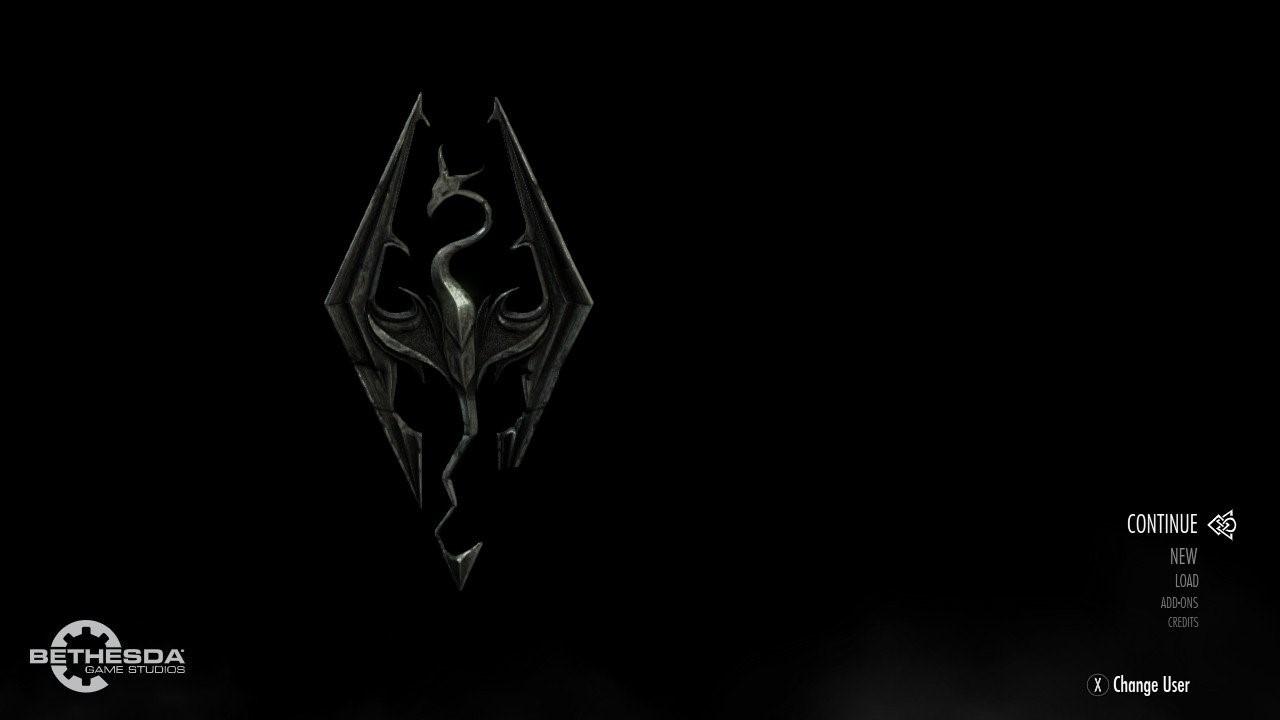Reginald Sockembocker crashed into the pro golf scene like a flaming semi-truck into a bouncy castle, bewildering all the pro golfers jumping unsuspectingly inside. In his high school and college days, he could sink balls into holes better than any other man alive. The golfing world eagerly awaited his professional career, and Reginald—or “Ball Bocker” as he came to be, “B-Squared” for short—stole the scene in addition to every tournament. You see, B-Squared—otherwise known as “BS”—loved his over-the-top antics as much as he loved pegging holes on the first try.
His first spectacle involved him winning a tournament with his non-dominant hand and only a putter. The following year, he ensured every single drive he took ricocheted against a bird in the air before hitting the green. The resulting PETA debacle made his name known in every household. After this incident, BS voluntarily replaced his right leg with a driver and proceeded to win every tournament that year with said leg, all the while speaking and dressing like a pirate.
Although the audience initially loved his show, each progressive year’s silliness soured their fun. By the time BS was using only verbal abuse to force the balls across the green, the viewers had had enough. Golf had lost its meaning, and BS’ wackiness became the norm, making any originality seem banal.
One day, after selling his soul to employ Satan as his golf caddy, BS scored his final hole-in-one for the year. When he turned to his adoring fans, he found none of them. No other golfers had entered the tournament. Even all the birds were dead. Reginald Sockembocker discovered he was completely alone. As Satan entered into a vortex of fire and pained screams, he looked back at the golfer and shook his head in pity.
Left with only his thoughts, Reginald pondered, “What the golf?”

What the golf?
Solomon giggled to himself as he progressed through What the Golf?. As a parody of golf, the game was fun enough, but what made it unique was how it subverted his expectations. The first stage in the campaign seemed to task Solomon with hitting a ball into a hole shaped like a giant “1.” However, there was no ball, only a cup with its flag. When he took his first shot, the cup uprooted itself from the ground and toward the 1. Once completed, the game congratulated Solomon with “Hole in One.”
Player 2 grew sick of how often Solomon nudged her to look at his game. He wanted others to see how creative the game was, and its zaniness was exactly what he needed to pull him through his current depressive episode. As he progressed through zones based on soccer, music, Super Hot, Portal, Mario, and other sports, Solomon felt he had finally found a game to match Katamari Damacy’s brilliance. Both shared a love for the wacky, emphasizing fun over difficulty. There was even a multiplayer option to include Player 2.
But then Solomon continued to play, and What the Golf? became stuck in a sand trap. Solomon became aware he was just playing golf with extra steps, and the jokes struggled to keep the momentum. Later stages devolved so far from golf that it was no longer a parody but an aimless attempt for more content.
At any point, Solomon could have simply set the game aside, yet he didn’t. He felt compelled to continue. He yearned for the dopamine rush it had given him earlier. He’d get small doses here and there, but rather than make him happy, he just became more aware of his withdrawal symptoms. Once a source of happiness, What the Golf? became a target for his anger as he cussed it out. It was supposed to be an antidepressant, but it ended up as a reminder that he was still mired in his low.

What’s good?
Player 2: I still don’t understand why you wrote it like this.
Solomon Rambling: I’m trying to reflect…uh…embody What the Golf?’s problem. It starts out crazy and awesome, but it later becomes boring and bad.
P2: I get that, but that final paragraph just sounds bad. Like you got a fifth-grade kid to write it.
SR: That’s the point.
P2: Well, I don’t think it’s good.
SR: I know. That’s the point!
P2: No, that’s not what I mean. You start off with that ridiculous story. Then you have that really vulnerable section where you describe Solomon, and then you just go to “What’s bad” like a normal review.
SR: I did a “What’s good” section like I do in my reviews. With the bullet points.
P2: You did?
SR: Yeah, I did. It’s right here. Look. Come look. I say it’s funny, is good for score chasers, and has a good multiplayer mode.
P2: See, I didn’t hear the difference when you read it to me. It’s fine that you did that, but I don’t think people are going to get it. I still don’t like that ending.
SR: I’m keeping the ending. I like it.
P2: That’s fine. I’m just saying my opinion like you asked.
SR: I know. I know. I think the problem is the “What’s good” section. It’s not different enough to be noticeable. I’ll change that. I’ll also switch the “we” to “I” in the next section.
P2: You don’t have to. I just didn’t like that either.
SR: I’ll change it.

What’s bad?
I would love nothing more than to heap praises on What the Golf?, but as I had mentioned previously, the game struggles to justify enough content for a full round of golf. The worlds centered on cars, bowling, and Super Hot tend to drag on, featuring more stages than unique ideas. However, the real problem lies with the challenges. Each stage features two additional challenges, with the first often related to hitting par while the second offers a joke or a steeper challenge. These theoretically should further show off the game’s creativity. Instead, they demonstrate why you don’t build off of one-liners.
The par challenges can be especially frustrating due to their uneven difficulty. Some stages will set the par so high that you needn’t even bother with it. Almost all of the timed stages (a variation on par) are similarly generous. Other challenges require near perfect execution from you, and their difficulty translates to multiple retries as you attempt to get it just right. In this limbo, I became distinctly aware that What the Golf?’s level layouts are not nearly as refined as its comedy.
For the majority of players, you can stop once you’re bored, and the game will be good for you. I’m a completionist, however, and I continued coming upon issues. For instance, if you choose not to play the first-person levels in handheld, the game will repeatedly ask you to switch and will not save your decision to remain in docked. Backtracking in the campaign to replay old stages is also a chore, so if you’re looking to 100% the game, you may want to complete all the challenges as you beat each stage. Again, these aren’t big issues, but they still pissed me off.

What’s the verdict?
In conclusion, What the Golf? is a great game, but it has its problems. I liked that it was funny, creative, and fun to play with a friend. I did not like that it was short and not as good at the end. I recommend it to people who enjoy party games or good humor. I give it an 8/10.
Arbitrary Statistics:
- Score: 8
- Time Played: Over five hours
- Number of Players: 1-2
- Games Like It on Switch: Katamari Damacy REROLL, Heave Ho






















